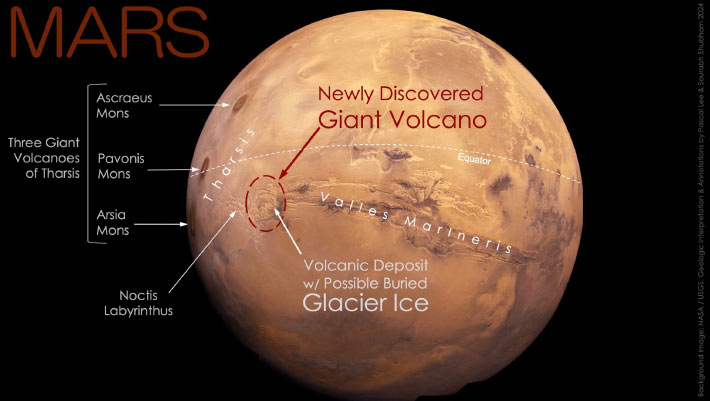Uninhabitable Venus Offers Lessons about Potential for Extraterrestrial Life
Fully understanding how a rocky planet becomes habitable and remains so is a fundamental challenge for planetary scientists and astrobiologists, given the diversity and complexity of intrinsic and extrinsic processes…











